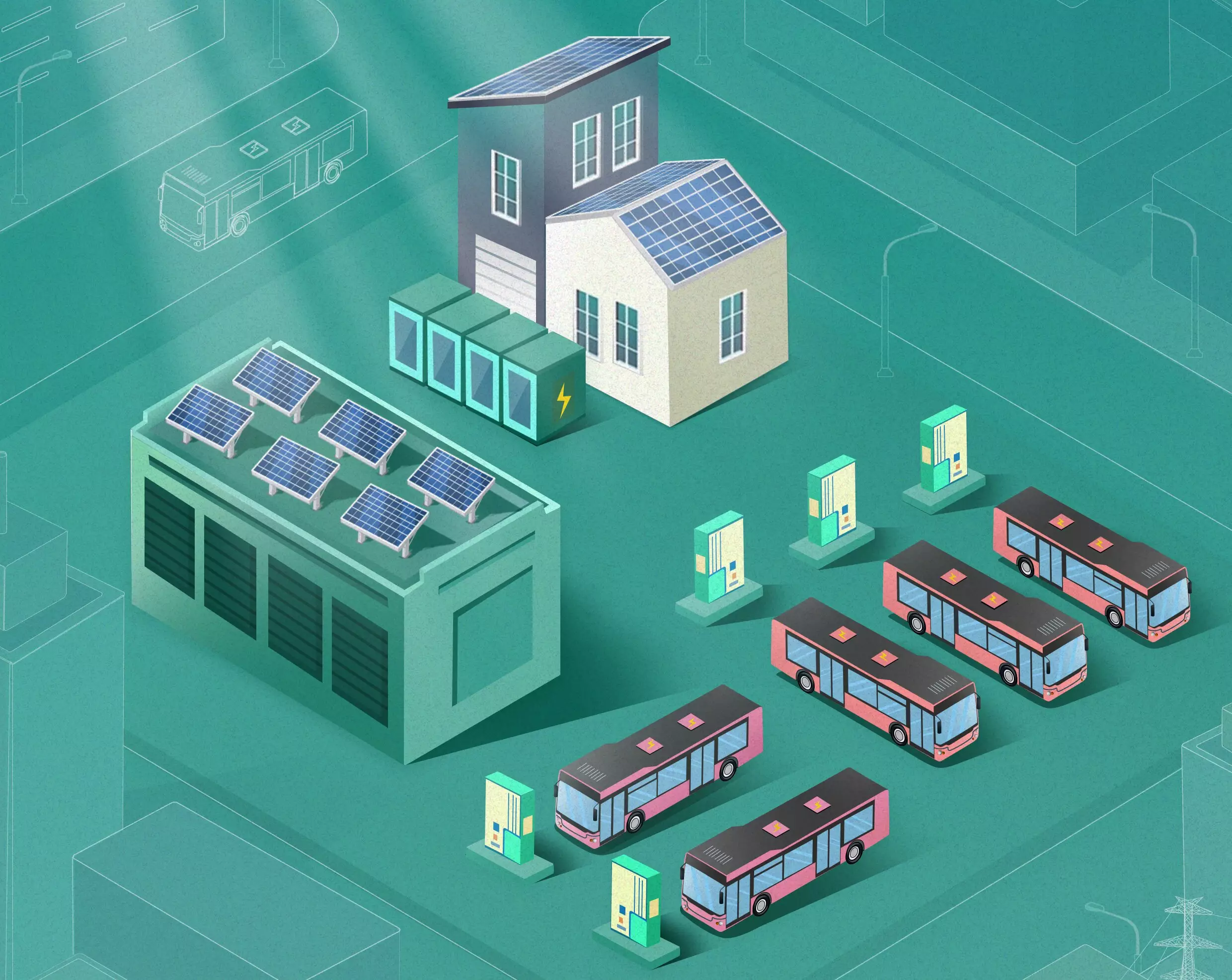The urgent need to address climate change has spurred governments and organizations across the globe to explore innovative solutions to reduce carbon emissions. Among the most promising avenues is the electrification of transportation systems, which includes both public transit and private vehicles. In this context, China has emerged as a frontrunner, notably through its initiative to implement electric buses (EBs) within urban public transport. While the benefits of EBs are compelling, such as lowering greenhouse gas emissions and promoting cleaner air, the transition to electrified transport raises important considerations concerning electricity infrastructure and generation sources.
As the demand for electric public transport grows, so too does the strain placed on existing electricity grids. A recent study by a research team from Beihang University and other affiliated institutes published in *Nature Energy* sheds light on potential solutions to mitigate these strains, particularly through the integration of renewable energy sources at transport depots. Xiaolei Ma, a co-author of the study, emphasized critical statistics: electric vehicle sales have skyrocketed, with nearly 14 million sold in 2023 alone, raising the total number of electric cars worldwide to 40 million. However, the implications of this rapid growth on electric grids cannot be ignored, as it introduces both operational challenges and a heightened risk of system overloads.
The need for a substantial transition from conventional fuel sources to renewable energy cannot be overstated. The positive environmental impact of electrifying public transport will remain muted unless it is accompanied by an equal effort to adopt renewable energy technologies. Past studies have made strides in examining solar photovoltaics (PVs) and charging stations, yet the specific ramifications of this transition within the urban context of electric buses have received limited attention.
The study’s authors sought to fill this gap by presenting a universal framework that amalgamates both data-driven and model-driven methodologies to assess the integration of solar PV and energy storage solutions in public transport networks. By analyzing data from various sources—ranging from GPS trajectories to weather conditions—researchers conducted a detailed simulation of how replacing fossil fuel buses with EBs could impact urban environments, particularly in Beijing.
Within their analysis, the team estimated energy consumption and the optimal battery and charging needs required for EBs, optimizing for conditions predicted up to 2050. They explored various scenarios, striving for the most economically beneficial designs for solar energy production and storage across multiple market conditions. Their innovative approach serves as a blueprint for effectively reimagining bus depots as renewable energy hubs.
The researchers conducted a comprehensive case study that spans 25 years into the future, commencing in 2021. The findings reveal a significant potential for solar energy to mitigate carbon emissions from public transport. In a baseline scenario where all fuel-based buses have transitioned to EBs, the integration of solar photovoltaics is projected to reduce the overall grid charging load by approximately 23% and peak load by 8.6%. Compellingly, when energy storage systems are added to the equation, these reductions increase to 28% and 37.4%, respectively.
Despite the financial trade-offs involved, where the profit margin from unsubsidized solar PV installations is significantly high, the addition of battery storage does decrease profitability. However, the report emphasizes that the environmental benefits and reduced carbon outputs far outweigh these economic considerations, marking a crucial turning point for the sustainable electrification of urban transport.
The implications of Ma and his colleagues’ research extend beyond Beijing; their study lays the foundation for policy measures that could bolster renewable energy integration across diverse urban contexts globally. As these infrastructures evolve, it becomes increasingly integral for policymakers to prioritize the establishment of solar PV and energy storage systems in large-energy consumption hubs. This includes not only public EV charging stations but also other high-traffic areas such as railway stations.
Electric public transport represents more than just a technological transition; it reflects a paradigm shift in our approach to urban planning and environmental stewardship. By synthesizing innovative technologies with sustainable practices, cities can enhance energy resilience, reduce their carbon footprint, and pave the way for a cleaner future.
The journey towards electrifying public transport is fraught with challenges, yet it also presents abundant opportunities for innovation and collaboration in the pursuit of sustainability. The findings of research like Ma’s are vital as they not only illuminate potential pathways forward but also inspire other regions to follow suit in the overarching mission to combat climate change.


Leave a Reply